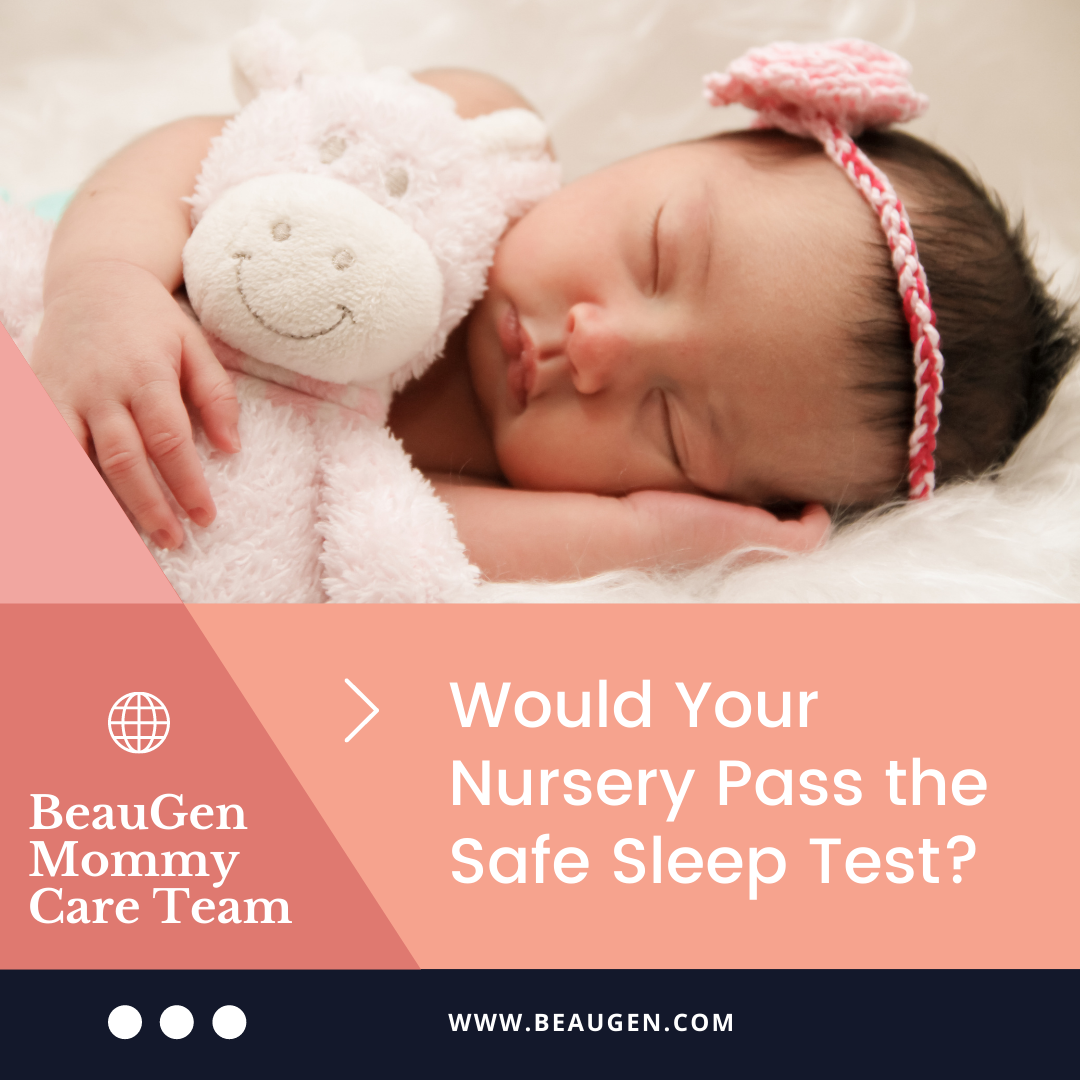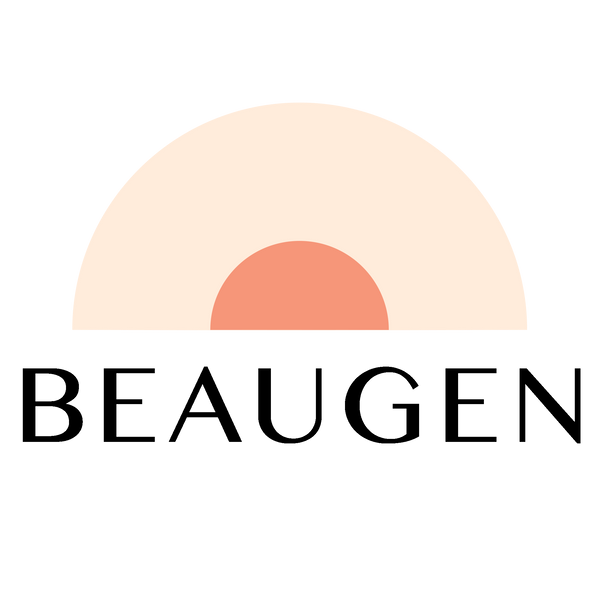Would Your Nursery Pass the Safe Sleep Test?
Mommy Care Team
Back is Best and Beyond
We’re taking a moment to ask you - would your nursery pass the safe sleep test? Advice and best practices on what is safe for infants and toddlers has changed over time. The best practices that were all the rage when you were a child are no longer safe.
In this blog post we’ll cover guidelines created by the American Academy of Pediatrics (AAP). Sleep sounds relatively benign or safe, but studies show that an estimated 3,400 babies still die suddenly in their sleep every year within the United States alone.

Crib Safety
Your crib mattress should be firm. Pillowy surfaces can become a suffocation risk. There are some additional products that are sold to help position a baby within their crib. These are products like wedges, or lounger type pillow forms. However, these have not been shown to reduce SIDs and may pose potential dangers of their own. Anytime a baby is propped up on a pillow form, their head can move or roll and end up in a position which blocks their airway. A firm mattress and swaddle is all a baby should need in their crib for safe sleep.

The AAP doesn’t have enough research on bedside sleepers or in bed sleeping aids to make a recommendation as to whether these are safe or do anything to reduce the risk of SIDs. Their recommendation is that a baby should sleep in their own independent cot or crib, with a firm mattress. They do encourage you to keep the baby in your room for the first six months to a year. This has been shown to reduce the risk of SIDs by up to 50%! It also makes MOTN feedings easier.
If you are looking for safe sleep options, choose one that has been approved by the Consumer Product Safety Commission or CPSC.

Bumpers
Yes there are really cute options, but bumpers are a major no go now. While your intentions might be to keep your baby safe from bumping up against the hard rails of the crib, these actually pose a suffocation risk.
Crib Sheets
Any sheets or blankets in the crib should be fitted to the mattress and not able to come loose during the night. Something soft and warm is best. You can opt for flannel or soft cotton. If you are worried about whether your baby might need a blanket to stay warm, opt for warmer sleep clothes like a flannel or fleece long onesie with long sleeves and footies. Adding a sleep sack is another safe method for layering a baby. See more on these below.

Stuffies
Cuddling with stuffed toys is adorable, but at night time, they should be removed from the crib. Babies can roll over and become entangled in the stuffed animal, or they can potentially end up covering your baby’s face.
Mobiles
Mobiles, especially ones that move or play music can be a great way to soothe your baby to sleep. Just make sure they are out of reach, and that the parts are all firmly fixed together.
Crib Rail Pads
Sometimes parents like to put quilted blankets over the rail of the crib. They’re adorable, and often fit the nursery theme. They make laying a baby down in the crib more comfortable, and can keep a baby from chewing on the crib rail. These are approved by the AAP as long as they are fixed in place.

Sleep Position
Back is best. Previously it was thought that laying a baby down on their stomach was the safest way to sleep. Studies have shown that babies should be laid on their back until they are at least one year of age.
If you are worried about your baby’s head becoming flat, be sure to utilize tummy time during the day. Supervised tummy time is a great way to break up or minimize the amount of time a baby spends laying on their back. Night time is not the appropriate time to position your baby on their stomach.

What if My Baby Rolls Over?
If your baby rolls over, gently place them on their backs. If your baby is able to roll from their back to their tummy, and from their tummy onto their backs, the AAP says that you do not need to replace them on their backs.
Can I let My Baby Sleep in the Car Seat or Stroller?
If you are driving or taking a walk and your baby falls asleep in their car seat or stroller that’s okay. However, the recommendation is that once you are home, you should transfer them to a safe sleep space like their crib, a cot, etc. This also applies to baby swings.
Sleep Aids
Swaddling a baby is a great way to help encourage them to sleep. Babies have a startle reflex which can wake them up at night. Swaddle blankets, sleep sacks, and weighted sleep sacks have been shown to help babies stay asleep better. If using a swaddle blanket, be sure to take care to tuck the blanket around the baby so that they won’t come undone. If the swaddle blanket does come undone, swaddle them again or remove the blanket from the sleep space. Sleep sacks are a great option because they usually have a method of being fixed in place, like velcro, zippers, snaps, or some combination of closures.

Baby monitors and Wearable Monitors
Baby monitors are great, especially for naps. The only word of caution from the AAP is to not let these monitors, or wearable baby monitors lull you into a false sense of security. They are simply monitoring tools and do not prevent SIDS.
Breastfeed Your Baby
Yes! Breastfeeding gives all sorts of benefits. One is a decreased risk of SIDs. So if you are working on breastfeeding mama, keep going. If you need help, know that you are not alone and that there is help.
For more tips and more information on the link between breastfeeding and sleep, listen to this episode of the BeauGen Express Yourself Podcast with Sleep Coach and IBCLC Megan Copeland.
Curious about how much sleep your baby needs? We’ve got you covered here too!
